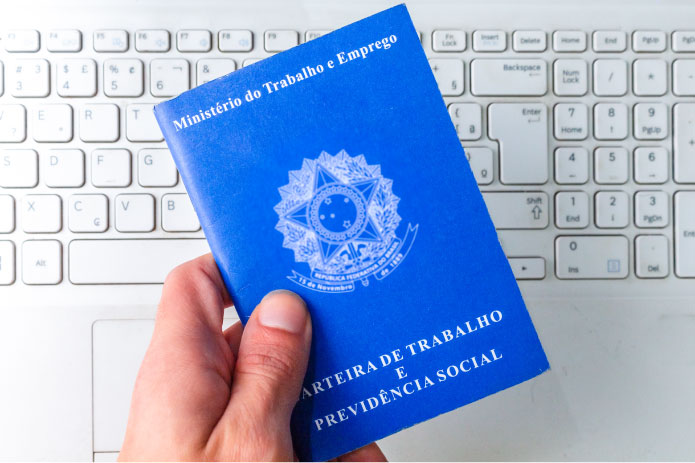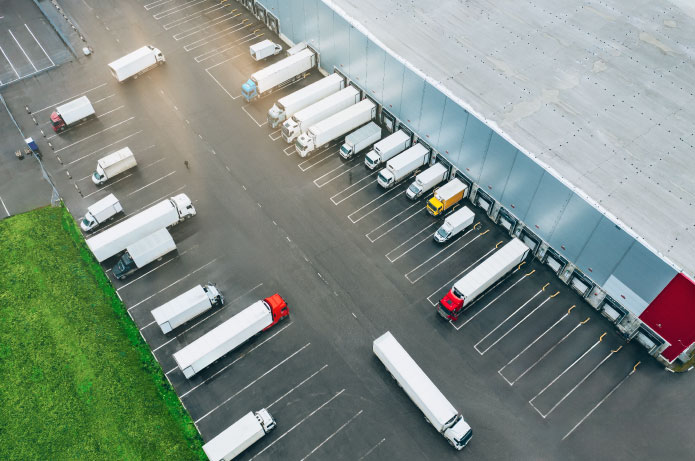A Amazon Brasil anuncia a quinta edição do Amazon Conecta, evento exclusivo promovido pela companhia, que será palco de discussões sobre estratégias de finanças, precificação, vendas, gestão de anúncios e o poder da Inteligência Artificial, além das últimas atualizações da Amazon. O evento acontecerá no dia 6 de maio de 2025 no WTC Events Center, em São Paulo, com o objetivo de oferecer suporte, conhecimento, ferramentas, conexões e inspiração para vendedores parceiros e empreendedores que desejam expandir seus negócios na Amazon.com.br.
A edição de 2025 contará com nomes de peso como Galvão Bueno, apresentador e fundador da Bueno Wines, Caito Maia, fundador da Chilli Beans, dividindo sua experiência em gestão e estratégias de crescimento, e Nathalia Rodrigues (Nath Finanças), abordando finanças para empreendedores. Além disso, líderes da Amazon, como Juliana Sztrajtman, Presidente da Amazon Brasil, Virginia Pavin, Diretora de Marketplace, Julia Salles, Diretora de FBA – Logística da Amazon, Felipe Moraes, Diretor de Cadeia Logística, Mariana Werneck, Diretora de DBA – Delivery by Amazon e FBA Onsite e Michael Groenner, Diretor de Transportes, também participarão do evento e compartilharão insights e novidades sobre o mercado.
O evento contará com um palco principal dedicado à liderança de pensamento e inspiração, onde serão apresentadas novidades da Amazon, apresentações de executivos e especialistas do mercado, histórias de sucesso de vendedores e insights da indústria. Além disso, o evento contará com áreas dedicadas ao marketplace, logística, Ads e promoções e o Espaço do Vendedor, um local dedicado ao suporte personalizado, onde os participantes poderão agendar sessões individuais com especialistas da Amazon para resolver questões específicas e otimizar seus negócios. Haverá também workshops com trilhas de aprendizado estruturadas em níveis básico, intermediário e avançado, com foco nas necessidades dos vendedores. Os participantes também poderão visitar a área de exposição, com estandes da Amazon e de patrocinadores, para construir relacionamentos valiosos e conectar-se com provedores de serviços e parceiros da indústria.
“Desde que lançamos nosso marketplace no Brasil, temos investido continuamente em nossos vendedores parceiros, que são responsáveis por mais de 60% das vendas na loja da Amazon globalmente. Hoje, são mais de 100 mil vendedores parceiros, sendo 99% PMEs. Nosso foco é impulsionar seus negócios, promovendo a melhor experiência possível e expandindo seu alcance para todo o país. Fazemos isso por meio de investimentos em programas logísticos, capacitação e visibilidade na Amazon.com.br”, explica Virginia Pavin, Diretora de Marketplace da Amazon Brasil.
Os ingressos para o Amazon Conecta 2025 podem ser adquiridos clicking here. O evento conta com o patrocínio de Shopping de Preços, Seller Pro, MZHub, GoBots, Base, Bling, SellersFlow, Omie, Azazuu, Gestor Seller, GS1, Universidade Marketplaces, Mr. Cont, Total Express, Magazord, CNAP, Magis 5, BSP, Darede, Software One e Flexa.
Confira a agenda do Amazon Conecta 2025:
Cronograma Palco Principal:
8h00: Abertura dos portões e credenciamento
9h00: Boas-vindas com Rita Batista
9h05: Atualizações Amazon | Inovação, foco no cliente e impacto no Brasil
11h20: Estratégias de finanças para expandir seus negócios com Nathalia Rodrigues
13h20: Transforme seu Negócio: Ferramentas AWS que estão revolucionando o Varejo Brasileiro
13h50: O futuro da Inteligência Artificial para vendedores da Amazon com Victor Hochgreb (GoBots)
14h20: Precificação automática: deixe a tecnologia trabalhar por você com Marcio Tenreiro (Shopping de Preços)
14h55: Acelerando o crescimento da sua marca com Amazon Ads, com Carolina Piber e Ariadne Souza
15h40: 5 passos para escalar suas vendas na Amazon Brasil com Bruno Capellete (Seller Pro)
16h10: Transforme dados em lucro: O ecossistema que está mudando o jogo dos vendedores na Amazon Brasil (MZHub)
16h45: Estratégias de gestão para expandir seus negócios com Caito Maia (Chilli Beans)
17h20: Entrevista com Galvão Bueno (Bueno Wines)
17h55: Encerramento com Rita Batista
Cronograma Workshops:
Palco Marketplace:
10h00: Como alcançar um lançamento de sucesso na Amazon – O guia para seus primeiros 3 meses
10h35: Como fazer sua marca crescer e protegê-la na Amazon?
11h10: Casa, cozinha, jardim & brinquedos | Tendências e Dicas com o Google
11h45: Moda e acessórios | Tendências e Dicas com o Google
12h20: Ferramentas de precificação e compreensão de relatórios
12h55: Como funcionam os pagamentos na Amazon (Repasses)
14h30: Sustentabilidade na Amazon: Climate Pledge Friendly
15h05: Como melhorar a saúde da sua conta
15h40: Acelere seu crescimento com especialistas certificados pela Amazon
16h15: Eletrônicos e Mídia| Tendências e Dicas com o Google
16h50: Como otimizar suas listagens?
Palco Ads & Promoções:
10h00: Anúncios da Amazon: Comece com anúncios patrocinados
10h35: Como aproveitar ao máximo nossos eventos: Crie suas promoções (Ofertas e Cupons)
11h10: Entenda as táticas de segmentação para anúncios patrocinados
11h45: Registrado no Brand Registry: E agora? Construa sua marca com a Amazon
12h20: Conecte-se com clientes e impulsione resultados com Sponsored Brands e Sponsored Display
12h55: Dominando os canais de marketing: estratégias para impulsionar suas vendas, uma conversa entre Amazon Ads, Pinterest e Google
12h55: Entendendo os dados da sua marca: Brand Analytics
14h30: Anúncios da Amazon: Comece com anúncios patrocinados
15h40: Entenda as táticas de segmentação para anúncios patrocinados
16h15: Conecte-se com clientes e impulsione resultados com Sponsored Brands e Sponsored Display
Palco Logística:
10h00: Otimização de Inventário FBA: Estratégias e Dicas Operacionais
10h35: Conheça e combine: Aprenda a usar os programas logísticos da Amazon de forma estratégica
11h45: Boas práticas e recomendações para enviar ao Centro de Distribuição
12h20: Como começar a vender na Amazon dos EUA
12h55: FBA Onsite – Logística da Amazon
14h30: Expanda seu negócio com FBA através de uma Filial
15h05: Conectando os Pontos: Excelência Operacional na Gestão de Novos Pedidos
15h40: Venda seus produtos nos EUA usando FBA
Espaço do Vendedor (Seller Hub):
Sessões de consultoria individual agendadas (30 minutos por sessão)
Confira a agenda completa clicking here.











